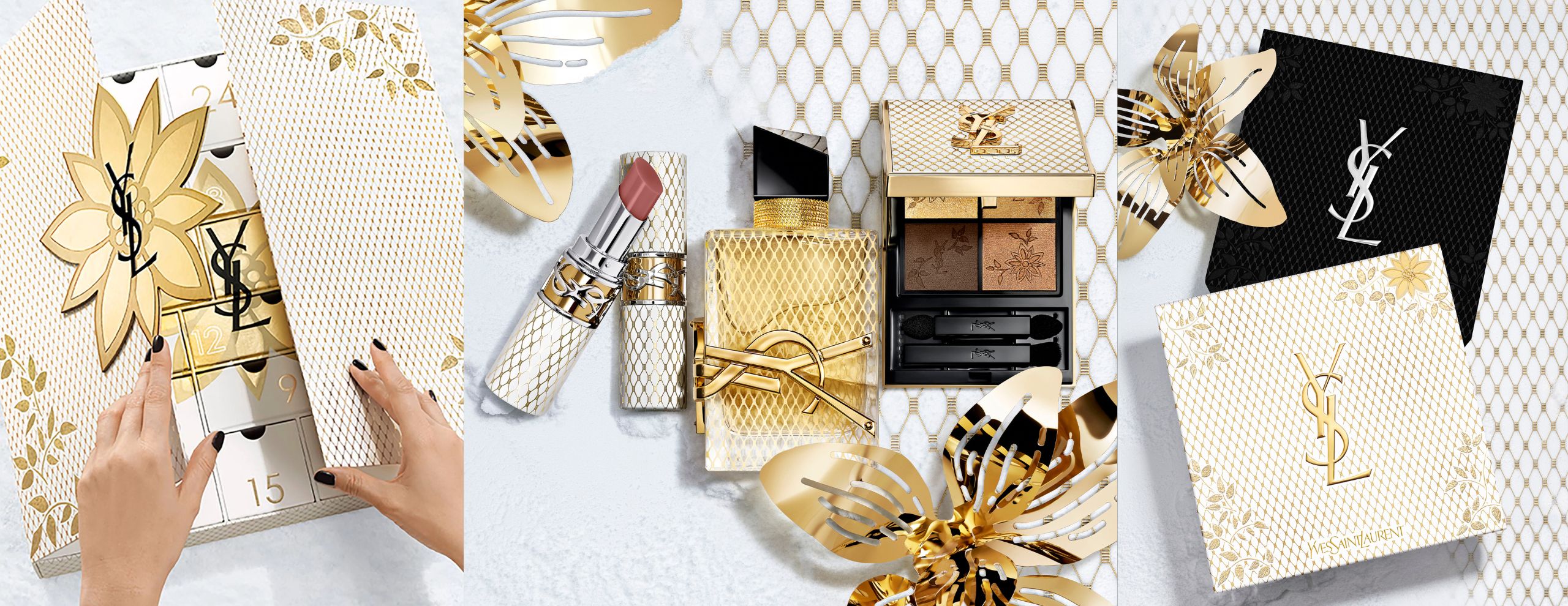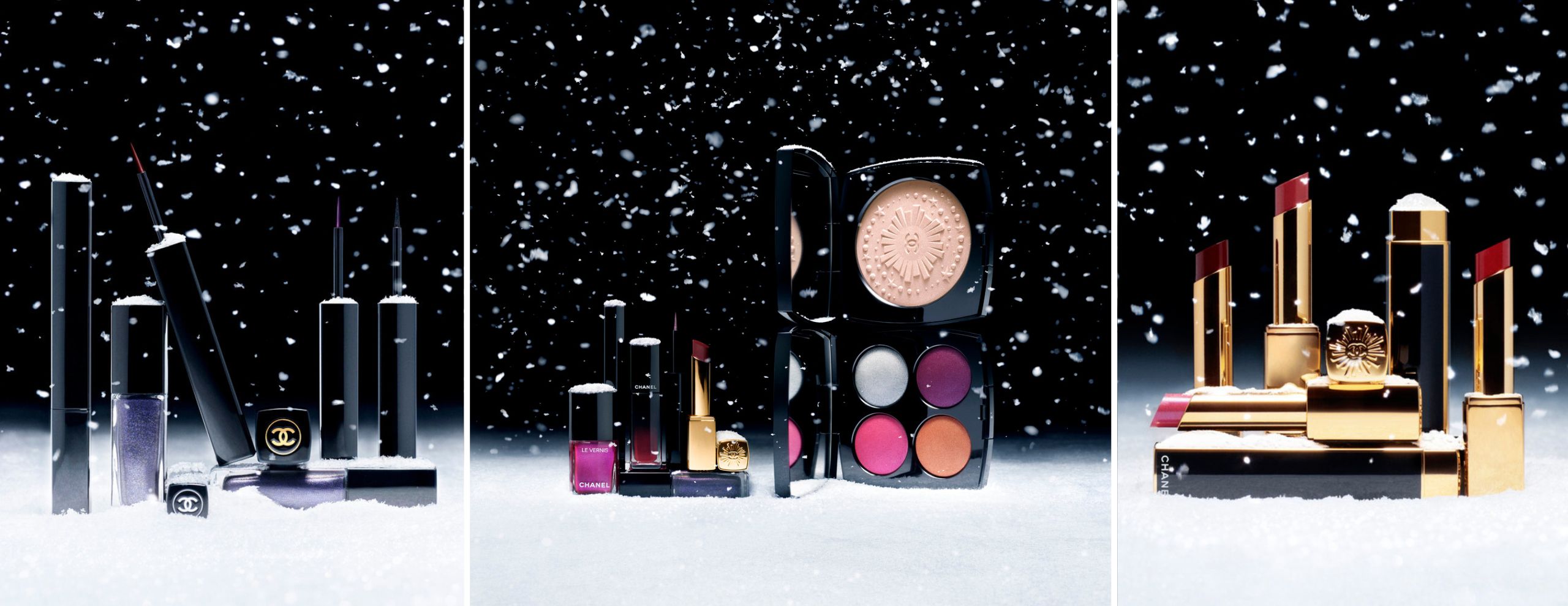First off, okay, we lied. Sunscreen isn’t exactly makeup, per se, but it sure is the most important step in the prelude to your makeup routine. You’ve probably heard it all from your mom already – neglect daily sunscreen and you’ll fall victim to dark spots and aged skin before you’ve even hit 40.
But just how serious are the sun’s ultraviolet rays anyway? Surely occasional application, only when the sun is really beating down, should be enough to see you and your skin through to the Golden Years? We’re calling bullshit on this one – a single afternoon researching on the chemical technicalities behind UV rays and SPF has got us sufficiently scarred to be slathering it on every day onwards for the rest of our lives.
For starters, turns out that even when we do use sunscreen pretty regularly, it’s not even targeting the most harmful of UV rays. Ultraviolet radiation reaches our earth (and skin!) most prominently in two wavelengths – UV-A and UV-B. Unfortunately, most sunblocks and sunscreens are only able to target UV-B rays, which are the primary cause of sunburns in the first place. So the good news is that constant application means fewer sunburns; but unless you’re using heavy-duty sunblock, you’re not getting complete protection from UV-A rays, which cause age spots, wrinkling, and (oh shit) skin cancer. And that’s what most of us are missing out.
So the thing is, when people talk about the “negative consequences” of sun exposure, it doesn’t just end at a bad sunburn. In fact, just like traffic signs on the road, the redness of your sunburn is only a warning signal to impending danger. UV radiation damages DNA enzymes in your skin, causing weird syntheses of proteins that dilate blood vessels and cause inflammation of cells – which is what we perceive as the redness, swelling, and pain. But because it takes four to six hours for all of this to happen beneath the surface, by the time the sunburn starts to show your skin has already been well and truly exposed to the harmful rays. All isn’t lost though – just take the cautionary red as a grim warning against age spots and skin cancer, be more diligent with the sunscreen application, and swerve right past that nasty outcome.
And so, the solution for those harmful UV-A rays? A sunscreen that’s specifically labeled to offer broad-spectrum protection – which means it blocks both UV-A and UV-B rays. Traditionally, only sunblock contained the right kind of chemicals to be highly effective against UV-A and UV-B rays, but here’s the catch – it appears white on the skin, and remains that way even after rubbing it in. Not exactly the most practical as a base layer. But these days, we have the makeup and vanity gods to thank for inventing micronizing techniques that break down the particles so they’re invisible without compromising functionality.




#1: Kiehl’s Activated Sun Protector Water-Light Lotion For Face & Body, $55
#2: Neutrogena Clear Face Liquid Lotion Sunscreen Broad Spectrum SPF 30, US$11.49
#3: L’Oreal Advance Suncare Clear Cool Lotion SPF 50+, US$10.99
#4: Nivea Sun Protect & Refresh Invisible Cooling Sun Spray 30 High, £7.99
We’ve included just a few nifty options that’ll help with battling the rays, but won’t break the bank or your makeup routine. Spray-on sunscreen is becoming increasingly popular thanks to its ease of application (oh the wonders of a lazy homosapien), and it isn’t that impossible to find one with UV-A protection too. Don’t forget to pick a sunscreen that’s water-resistant too; it will keep the sweat from bumbling around Singapore from “washing” the sunscreen away. With all that in mind, here’s hoping your skin will look ten times better before you even slap on that foundation – 40 years down the road.
Featured image from facebook.com/LOrealParis.











You must be logged in to post a comment.